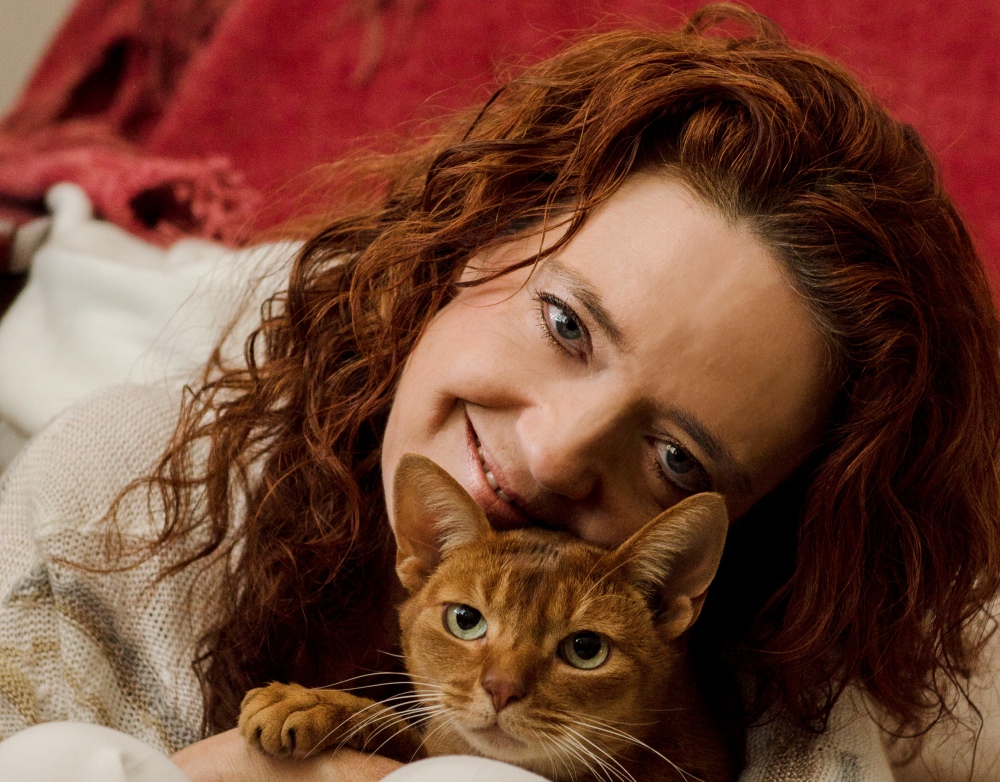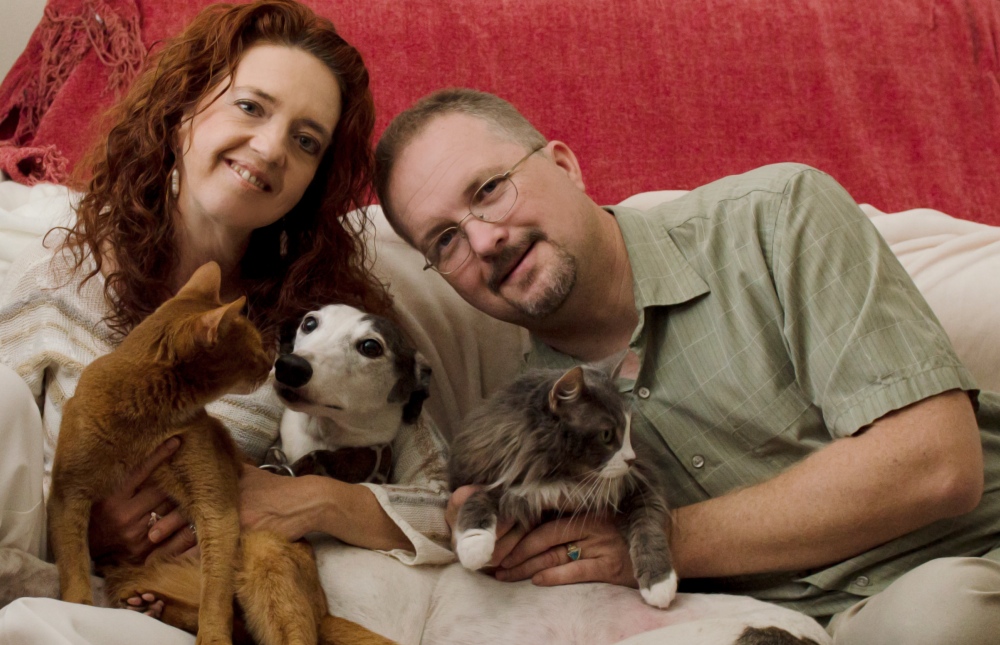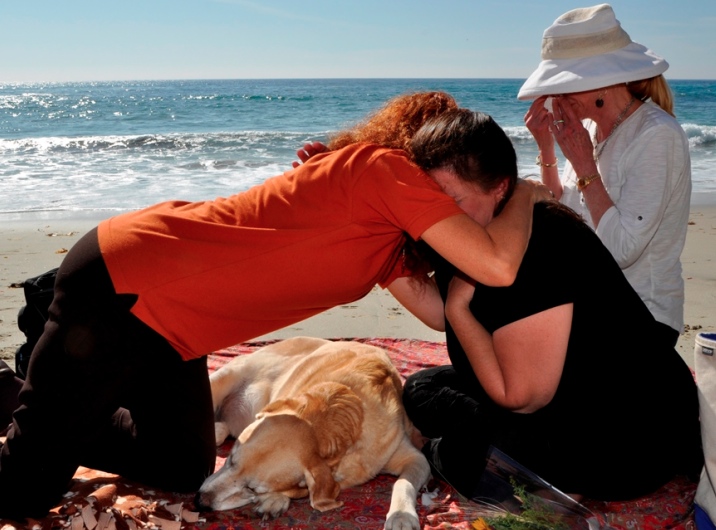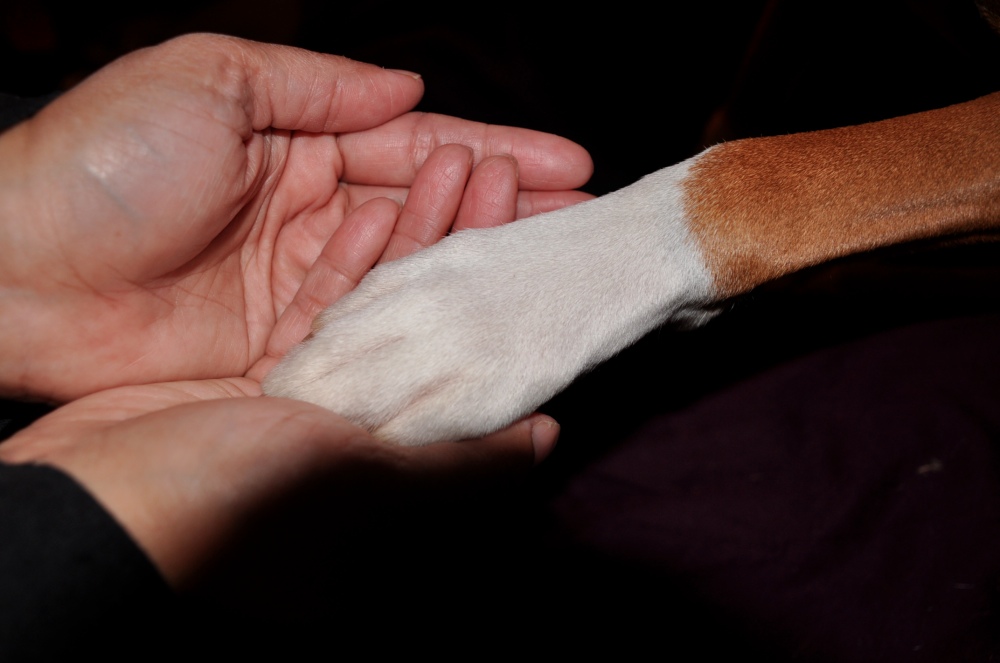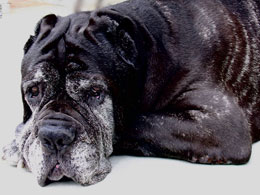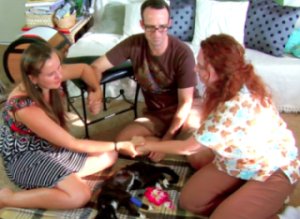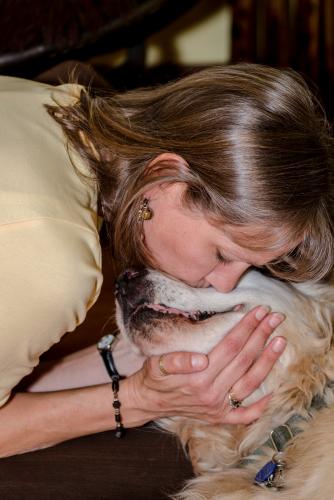
- What is euthanasia?
- How do I know the time has come?
- What can I do to ease the suffering when quality of life is no longer available?
- What should I expect?
- Will an assistant be needed?
- What happens with my pet's body afterwards?
- Grieving the Loss of a Pet and Life after the loss
What is euthanasia?
Euthanasia comes from the 17th century greek and means "easy death". It is the act of ending a pet's life for humane reasons. It is done by administering of an overdose of anesthetic in as painless a manner as possible. Some commonly used synonyms are "put to sleep" or "putting to sleep".
How do I know the time has come?
No one is better qualified than you and your family to really look at your friend and see when his or her quality of life has decreased beyond a reasonable point. However, it may require some guidance in what to look for because we can be blinded by our love and our desire to keep our pet with us for as long as possible. Your veterinarian will help you by telling you what can be done medically to help your pet and where the limits of that help are. Your veterinarian can help you clarify when that limit has been reached. However, you, as a pet owner, knowing your pet on a very personal level have to be alert to your pet's communication. Keep your own counsel. With some guidance, you will know when it is time. Your pet will tell you in his or her own ways, but you have to be in tune to some subtle signs, especially signs of pain. Dogs and cats may not communicate with words, but as you have discovered over the many years of companionship shared, they sure do communicate.
For more help on symptoms that it may be the end of the road for your pet, visit the Quality of Life page on this website.
Perhaps the time has not come yet but it is a wise thing to prepare yourself to ensure that you know what to do when it will be time.
What can I do to ease the suffering when quality of life is no longer available?
The least stressful way for your pet to be euthanized is definitely in his own environment, surrounded by the people he loves and performed by a compassionate person who will be gentle and knows how to make this event as bearable as possible.
Our doctor can go to your home and help your pet go peacefully.
What should I expect?
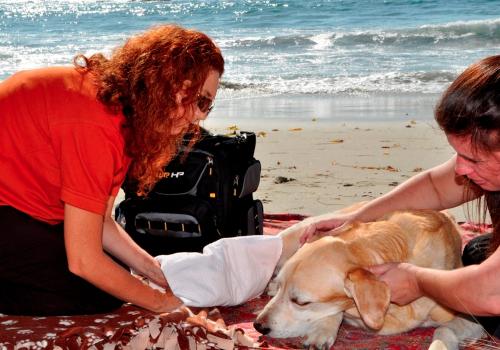
When you make arrangements with us to have your pet euthanized for humane reasons, we will send you a package which includes an email with important details as well as all the forms you will have to fill out electronically. This way, you will be fully prepared for the procedure and you will not have to worry about paperwork or details at a very intense emotional moment. The forms you will have to fill out are described below and you can view them in PDF format, however, we highly recommend that you wait until you get our package before filling out the paperless forms as it will make things much easier for you.
The Euthanasia Consent Form will give us your pet's name, the gender, markings, etc... It will state that you are the owner and that you give me consent to perform euthanasia. It will also state that your pet has not bitten anyone in the last 10 days (for legal reasons regarding rabies).
The Pre-euthanasia Options Form will give you a chance to choose the way you think your pet will be most comfortable in coping with the procedure as well as give you an occasion to prepare yourself and your family, decide whether or not you wish to be present, etc... Filling out this form is not mandatory and all the options given can be discussed with the doctor ahead of time or just prior to the procedure. You may also change your mind right up until the last minute on any of these options. The options are there solely to prepare you so that you don't have to make those decisions at a time when you will be upset and sad and so that the event may go as peacefully as possible for you, your pet and your family. You will tell us if you prefer to be present, hold your pet or if you prefer to leave the room when the time comes, where you would like the procedure to be done, etc...
The purpose of this form is solely to give you a chance to make the procedure as smooth as possible so that you don't have to make those decisions under pressure. The information on the Pet Euthanasia page, Dog Euthanasia page and Cat Euthanasia page will be very helpful in explaining the pros and cons of each option regarding the use of premedication. You can also use this form to let me know of any special requests. We respect all religious and spiritual beliefs so feel comfortable to do or say anything you wish.
The Aftercare Arrangements Form will give you options on the way you prefer to have your pet's body handled.
We will take care of any paper work and signatures prior to the procedure so that you don't have to deal with technicalities afterwards at an emotional time.
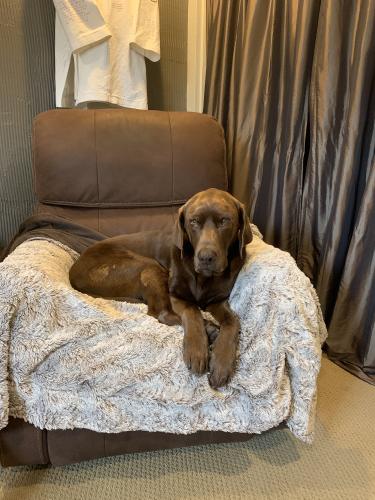
Once the preliminary injection has been done (if sedation is warranted), the doctor will insert an IV catheter in your pet's leg so that a secure access to a vein is granted. An IV catheter is not a big IV hook up with a line and bag: it is simply a small needle that gets secured in place on your pet's leg. If no sedation is necessary for your pet, the IV catheter will be inserted with your pet lying down comfortably. Depending on your pet's disposition and the level of pain his condition is causing him, sedation may or may not be necessary (see "Use of sedation"). Very rarely, a muzzle may be necessary so that he or she will allow the doctor to give him or her the sedative. If your pet is so stressed that a muzzle is necessary, your pet will definitely be more confortable with sedation prior to the IV catheter placement. The reason for the IV catheter is that it is important that the final injection goes intravenously and that the needle doesn't slip on the side of the vein because the product can burn if the needle slips. With the IV catheter correctly in place, it is impossible for this to occur and your pet will not have to be held still at the time of the injection. It makes it more peaceful and it makes it possible for you to hold your pet at the final moment.
It takes only a few seconds for the euthanasia solution to take effect. This solution is basically an overdose of anesthetics and causes first complete unconsciousness and then the breathing and heart to stop. It is as painless as being put under anesthesia. Within a few seconds, your pet will be unconscious. It may take a minute or 2 for the heart to stop. The doctor will listen carefully to your pet's heart to ensure it has stopped before pronouncing him or her gone. After that, there is no danger of your pet waking up. This is a very common fear for pet owners. What if he wakes up a long time after? Have no worries, with the current products used today and the careful auscultation by the veterinarian after the injection, this cannot happen.
Occasionally, some muscle twitches might occur after the death of a pet. In the rare instance that this may occur, be assured that your pet is gone by that time. Pet owners are sometimes startled and upset at the sight of those post mortem nerve twitches, but please be assured that it is not abnormal and that the pet is actually gone when that occurs. It does not always occur but if it does, we want you to be prepared. Those twitches may rarely include what seems like a deep breath but is, again, only a post mortem reaction. Another thing to be aware of is that your pet's eyes will likely not close after he has passed away (see Understanding Death).
Will an assistant be needed?
Technical assistance is not needed for any part of the procedure itself. The only time an assistant (or several assistants) may be needed is if your pet is too heavy for the doctor to lift and carry to our vehicle for the aftercare once your pet has passed away. Most families prefer that we do not bring an assistant in order to limit the number of strangers around the family at a time of heavy grieving and prefer to help the doctor lift their pet to our vehicle. A stretcher is available to make this easier. However, some people are either physically or emotionally unable to help with this part. In this case, we will need to be notified ahead of time (at least 24 hours prior to the appointment) to arrange for one or more assistants. There will be an additional charge for each assistant. Another option would be to ask a family member, friend or neighbor if they would be able to help. If you pet is small (under 35lbs), the doctor will be able to carry him or her with no assistance. Please note that if one or more assistant is required, this needs to be arranged for at least 24 hours ahead of time. If you give us less than 24 hours notice for an assistant, we may not be able to accommodate you. Check with us to be sure. In order to safely plan for lifting your pet to the doctor's vehicle, the number of able (strong and healthy) people required, in addition to the doctor are: Pets 35-74lbs: 1 person. Pets 75-99lbs: 2 people. Pets 100-139lbs: 3 people. Pets 140-175lbs: 4 people. Pets 175 and over: 5 or more (rule of thumb: 1 person per a maximum of 35lbs to minimize risks of injury).
What happens with my pet's remains afterwards?
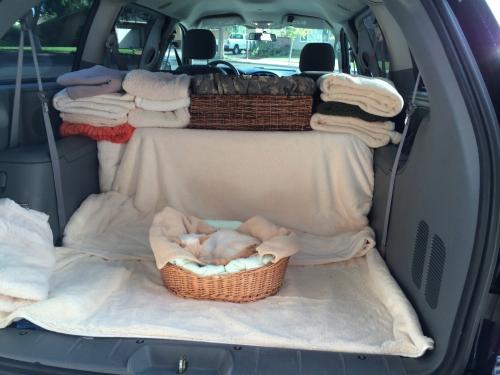
After the euthanasia, you will be given as much time as you wish to say your goodbyes. You will not be rushed. Once you are ready for the doctor to take your pet's remains away, we will place the body on a stretcher, or if your pet is small enough, the body can be carried in the doctor's arms or yours. Some people want to take their pet's body to the doctor's vehicle themselves whereas some people prefer not to.
For full details regarding the aftercare, please see the Aftercare section on this website. In brief, the usual ways to handle the aftercare are the individual cremation or the communal cremation. Home Pet Euthanasia of Southern California will help you in making all the arrangements. Your pet's body will be taken with the doctor after the euthanasia or you may choose to handle the aftercare yourself.
If you wish to bury your pet's body in your backyard, it is very important for you to check the rules and regulations of the town or city you live in as many city ordinances prohibit the burial of a pet's body at home.
Also see the Aftercare Arrangements Form.
Pet loss support
There are many false ideas, evaluations and invalidations you may be subjected to by people around you who might be well meaning regarding the grief and loss you experience after the euthanasia of a pet.
Please visit the page entitled Pet Loss Support if you would like some help moving forward after this painful experience. I am a trained Dianetics Counselor and Life Coach and I can help you. I have also included several links to other valid sources of help.
Here is a quote that may lift your spirits and may bring you hope. It is an excerpt from the book "Jonathan Livingston Seagull" by Richard Bach.
"If our friendship depends on space and time, then when we finally overcome space and time, we've destroyed our own brotherhood. But overcome space, and all you have left is Here. Overcome time and all you have left is Now. And in the middle of Here and Now, don't you think that we might see each other once or twice?"
Poem
If it should be that I grow weak
And pain should keep me from my sleep,
Then you must do what must be done,
For this last battle cannot be won.
You will be sad, I understand.
Don’t let your grief then stay your hand.
For this day, more than all the rest,
Your love for me must stand the test.
We’ve had so many happy years.
What is to come can hold no fears.
You’d not want me to suffer so;
The time has come -- please let me go.
Take me where my need they’ll tend,
And please stay with me til the end.
Hold me firm and speak to me,
Until my eyes no longer see.
I know in time that you will see
The kindness that you did for me.
Although my tail its last has waved,
From pain and suffering I’ve been saved.
Please do not grieve--it must be you
Who had this painful thing to do.
We’ve been so close, we two, these years;
Don’t let your heart hold back its tears.
Anonymous
